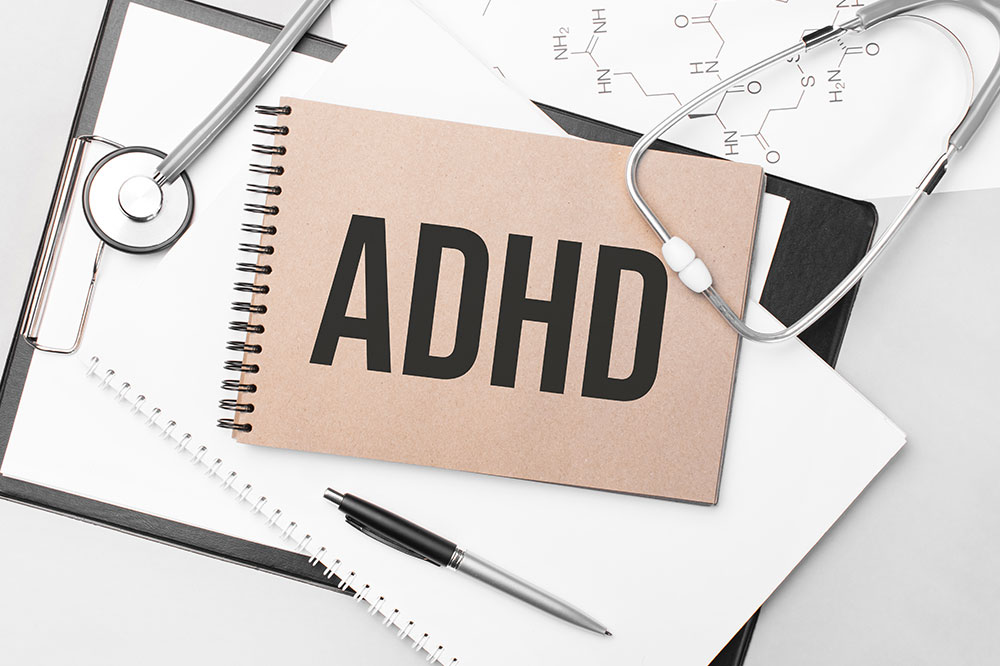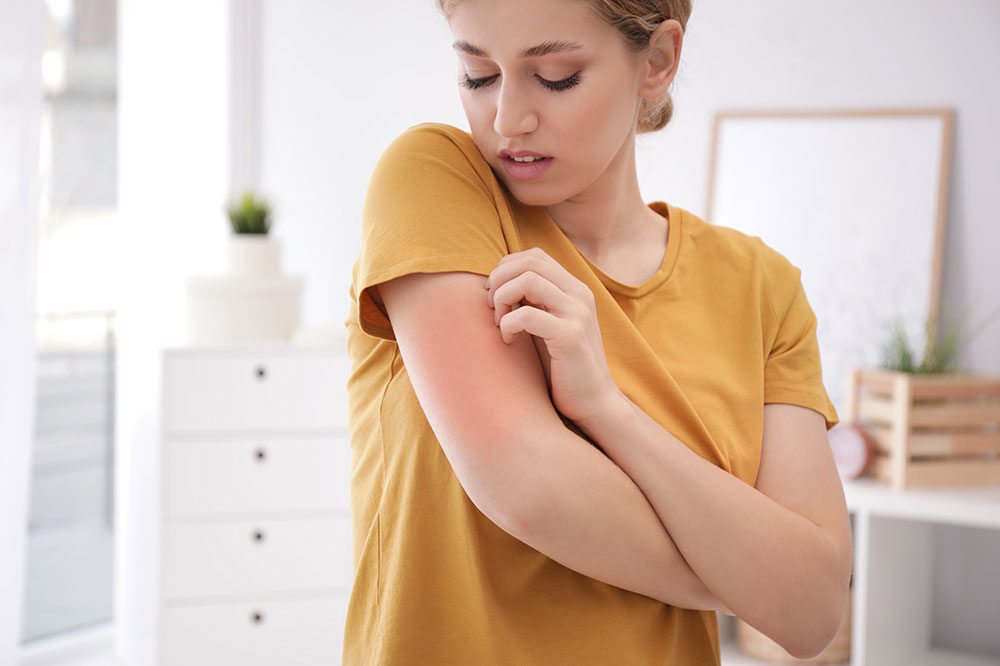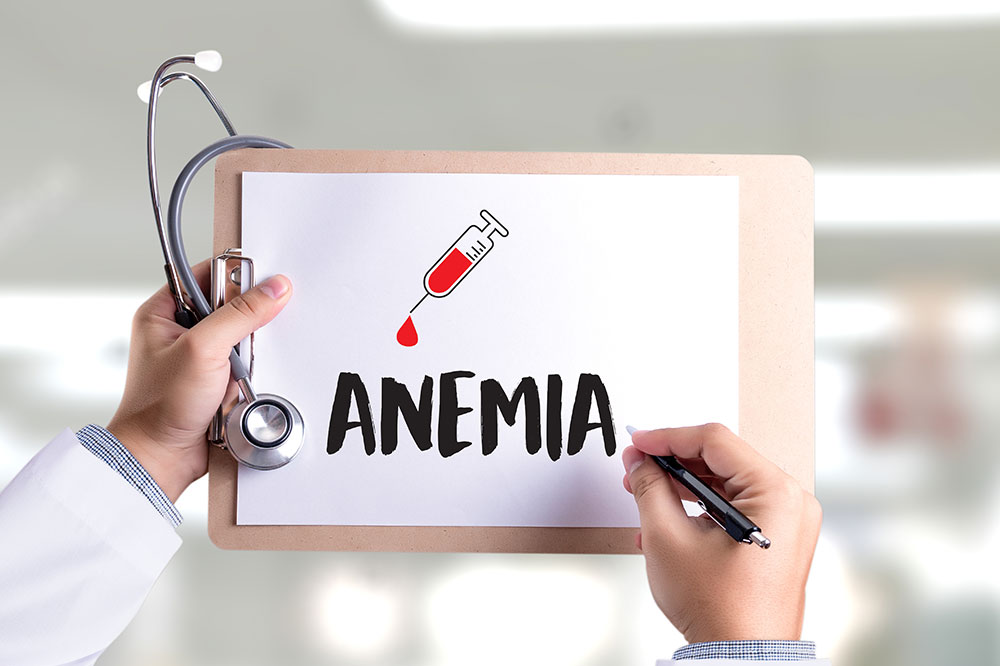9 health benefits of a foot massage

A foot massage can be an incredibly relaxing and calming experience after a long workday. Professional foot massages not only benefit the feet, but they also have many advantages for the body and mind. The feet have several acupressure points connected to different body parts, making the massage even more comforting. Additionally, foot massages improve mental and emotional health. Here are some unexpected health benefits of a foot massage one can experience:
Reduced stress and anxiety
Stress has become a part of life with increased work pressure and less sleep. Studies suggest that foot massages can lower stress, manage anxiety, and help the body relax. In fact, when patients with a history of stroke were given foot massages, their anxiety levels were reduced.
Improved blood circulation
The muscles in the feet are not used enough these days because of a lack of physical activity. A good foot massage can compensate and reactivate the feet muscles because it stimulates blood flow, increasing blood circulation in the feet and legs. People with diabetes can particularly benefit from such increased blood circulation.
Better sleep quality
Disturbed sleep can be caused by many factors, including stress, specific health issues, worrisome thoughts, or even a mentally stimulating day. A few minutes of foot massage before bedtime can help with better sleep quality because it makes one relax completely and relieves muscle tension.
Quick recovery from foot injuries
A foot massage is an effective way to soothe foot and ankle injuries and help recover quicker. Massages can also help reduce the impact of injuries by strengthening the feet and ankles and making them more flexible.
A boost to the immune system
One needs a strong immune system to recover quickly from diseases and fight bacteria, germs, etc. With regular foot massages, white blood cells tend to become more active, so they help fight infections and diseases better.
Better appetite
Loss of appetite is common if one is suffering from digestive problems. Getting a foot massage stimulates the digestive system, making one feel hungry after the massage. So, it can help induce appetite and aid digestion.
Reduced instances of headaches
Those who often experience headaches opt for head massages, but surprisingly, foot massages can also reduce headaches. Some pressure points on the feet are connected to the head and brain. When these points are activated with external pressure, it reduces headaches and their intensity.
Lowered blood pressure
High blood pressure can cause other problems like lightheadedness and shortness of breath. Many people with high blood pressure benefit from a foot massage because it relaxes and soothes the body. Even 10 minutes of a good foot massage can calm the body and mind and lower the pressure of the blood.
Reduced menstrual symptoms
Menstrual pain, cramping, mood swings, and other symptoms are common among women. A week of constant bleeding can be difficult to endure. A foot massage can relieve stress associated with periods and manage its symptoms better.
Foot massages are generally safe. However, those with certain conditions like varicose veins, deep vein thrombosis, and others, may have to avoid the process. Therefore, consult a health care expert before opting for regular foot massage sessions.






